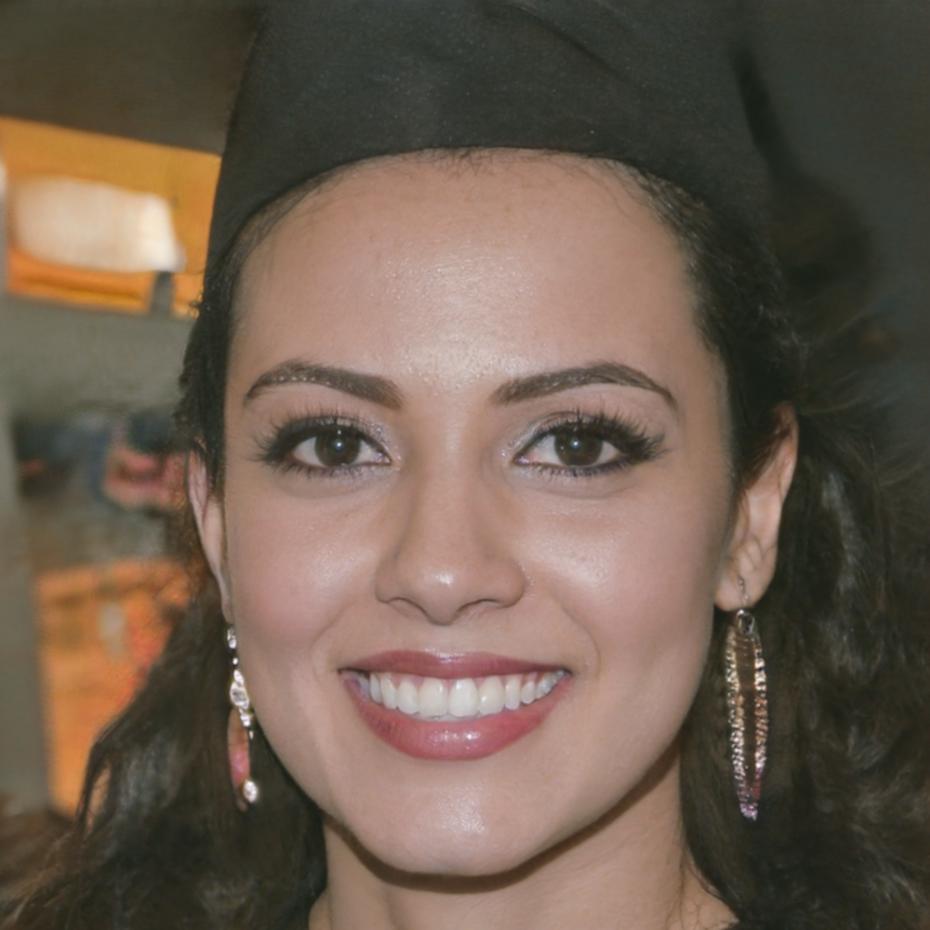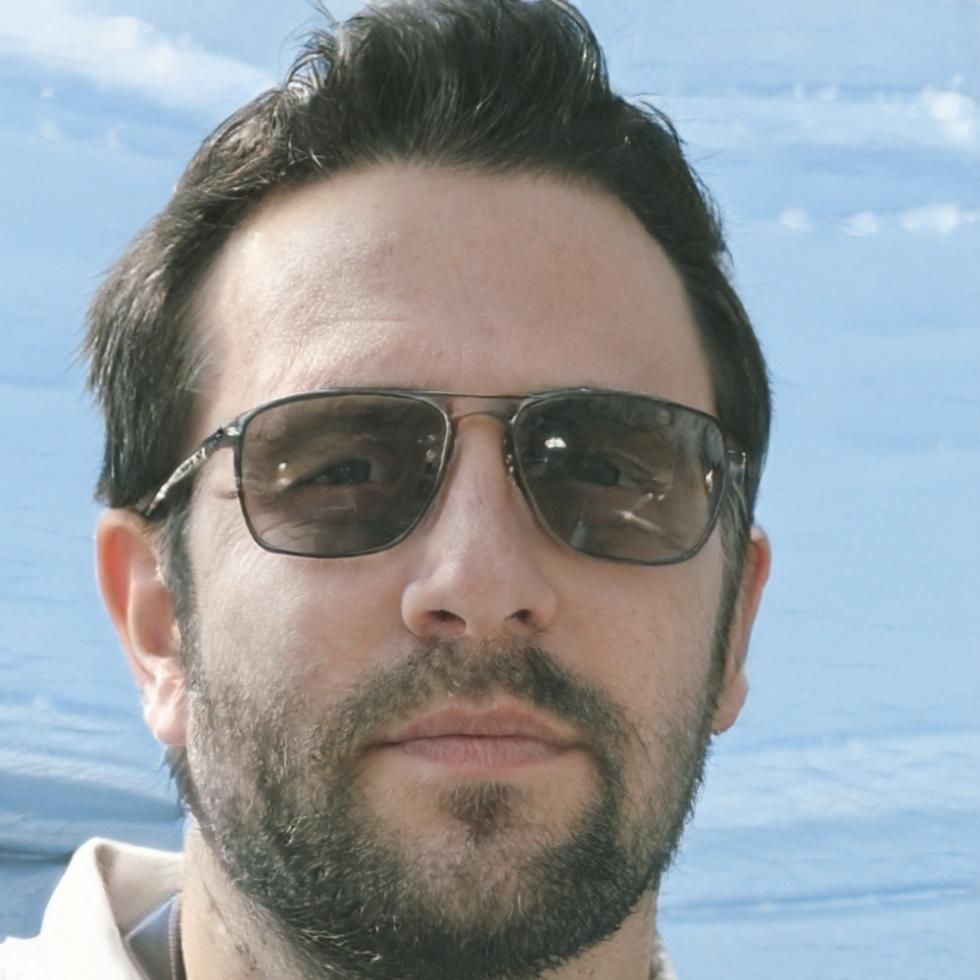IoT and AI Engineering Track
Real devices. Real networks. Real solutions. Our twelve-month intensive program bridges hardware and software, preparing you to build intelligent connected systems from sensor to cloud.

Learning Pathway
Foundation Systems
We start with hardware fundamentals because you can't understand IoT without understanding how devices actually work. You'll solder, debug circuits, and write firmware before touching any cloud services.
- Embedded C programming and RTOS concepts
- Sensor integration and analog signal processing
- Power management for battery-operated devices
- Communication protocols: I2C, SPI, UART
Network Architecture
Building robust networks requires understanding everything from radio frequency basics to mesh topologies. This phase focuses on making devices communicate reliably in real-world conditions.
- LoRaWAN, Zigbee, and Bluetooth Low Energy
- MQTT and CoAP messaging patterns
- Edge computing and local data processing
- Network security and device authentication
AI Integration
Machine learning on constrained devices presents unique challenges. You'll train models that actually run on microcontrollers and learn when to process data locally versus sending it to the cloud.
- TensorFlow Lite for microcontrollers
- Time series analysis and anomaly detection
- Computer vision on embedded systems
- Model optimization and quantization techniques
Capstone Development
Your final project combines everything into a production-ready system. Past students have built predictive maintenance sensors, agricultural monitoring networks, and smart building automation systems.
- Full-stack IoT system design and implementation
- Cloud platform integration (AWS IoT, Azure IoT Hub)
- Data visualization and dashboarding
- Documentation and technical presentation skills
Program Instructors

Garrett Chen
Lead IoT Systems EngineerSpent eight years designing industrial sensor networks for manufacturing facilities. Before teaching, Garrett developed remote monitoring systems for oil pipelines across three continents.

Dana Kowalski
AI Implementation SpecialistDana transitioned from robotics research to IoT after realizing edge AI was where the interesting problems were. She's deployed ML models on everything from ESP32s to industrial PLCs.

Tomas Berglund
Network Architecture LeadFormer telecommunications engineer who got tired of working on systems where latency was measured in milliseconds instead of microseconds. Tomas specializes in low-power wide-area networks.
Enrollment Details
Next Cohort
Our autumn 2025 cohort begins September 8, 2025. Classes run Monday through Thursday, 9 AM to 5 PM, with lab access available evenings and weekends. We limit enrollment to fifteen students to ensure everyone gets hands-on time with equipment.
Prerequisites
You should be comfortable with at least one programming language and understand basic electronics concepts. We're not expecting circuit design expertise, but you should know what a resistor does and why ground matters.
Equipment and Materials
Each student receives a development kit including ESP32 boards, various sensors, breadboards, and testing equipment. You'll need a laptop capable of running development environments. All specialized tools are provided in our lab.
Complete twelve-month program with all materials included
- Full access to hardware lab and equipment
- Development kit and component library
- Cloud platform credits for projects
- Industry mentor pairing
- Portfolio development support
- Technical interview preparation